Taiya Renewable Energy Co (台亞風能) has thrown its hat into the ring for the third phase of Taiwan’s offshore wind farm development with two projects totaling 2.1 gigawatts (GW) in capacity, the company said yesterday as it applied for an environmental impact assessment (EIA).
One of the projects, called HuanYu (環宇), with a capacity of 627 megawatts, would be off the coast of Taichung, the firm said.
It would use fixed-bottom turbines and would be submitted to next year’s auction, it added.
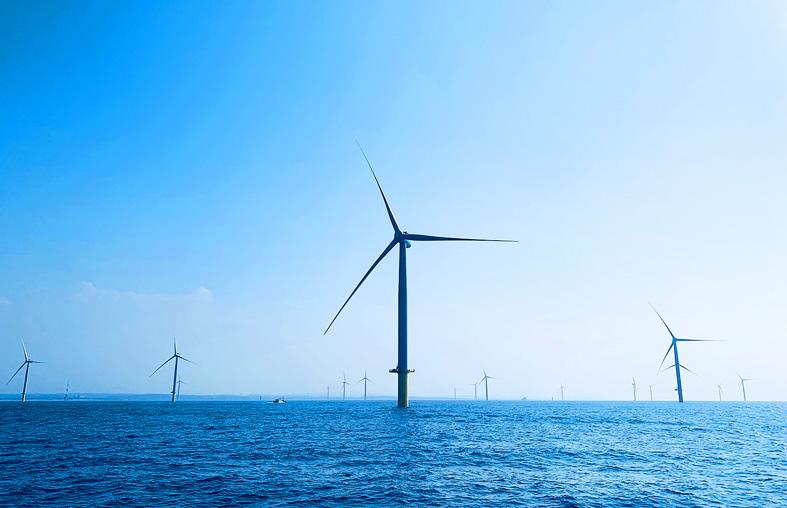
Photo: Lin Jing-hua, Taipei Times
The other project, called HuanYa (環亞), with 1.43GW capacity, would be farther off Miaoli County and might enter a later auction, the company said.
It would be the first floating offshore wind farm proposal in Taiwan, it said.
“We are still hoping to prepare the HuanYa project in time for the auction next year, but the schedule is really tight,” the company said.
The company’s team comprises talent from other companies that participated in Taiwan’s previous phases of offshore wind farm development, including CSBC-DEME Wind Engineering Co (CDWE, 台船環海), Siemens Gamesa Renewable Energy SA, Swancor Renewable Energy Co (上緯新能源) and Germany’s Wpd AG.
The second phase of the nation’s offshore wind farm development was dominated by European players.
However, more local players are likely to join the competition in the third phase, the Bureau of Energy has said.
According to the government’s project selection process for the third phase, developers first need to prove that they have the technical and financial wherewithal to complete the project, while an EIA report would be required to enter the selection process.
A potential candidate has to show that it can comply with a local content requirement, and the projects that pass the selection process would compete on price in a winner-takes-all auction, the bureau said.
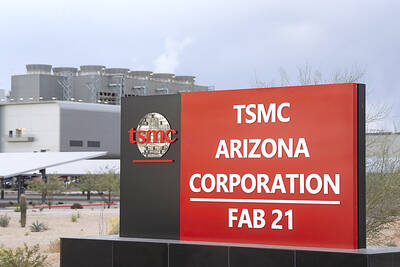
Taiwan Semiconductor Manufacturing Co (TSMC, 台積電), the world’s biggest contract chipmaker, booked its first-ever profit from its Arizona subsidiary in the first half of this year, four years after operations began, a company financial statement showed. Wholly owned by TSMC, the Arizona unit contributed NT$4.52 billion (US$150.1 million) in net profit, compared with a loss of NT$4.34 billion a year earlier, the statement showed. The company attributed the turnaround to strong market demand and high factory utilization. The Arizona unit counts Apple Inc, Nvidia Corp and Advanced Micro Devices Inc among its major customers. The firm’s first fab in Arizona began high-volume production
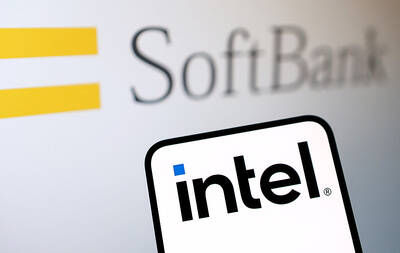
VOTE OF CONFIDENCE: The Japanese company is adding Intel to an investment portfolio that includes artificial intelligence linchpins Nvidia Corp and TSMC Softbank Group Corp agreed to buy US$2 billion of Intel Corp stock, a surprise deal to shore up a struggling US name while boosting its own chip ambitions. The Japanese company, which is adding Intel to an investment portfolio that includes artificial intelligence (AI) linchpins Nvidia Corp and Taiwan Semiconductor Manufacturing Co (TSMC, 台積電), is to pay US$23 a share — a small discount to Intel’s last close. Shares of the US chipmaker, which would issue new stock to Softbank, surged more than 5 percent in after-hours trading. Softbank’s stock fell as much as 5.4 percent on Tuesday in Tokyo, its
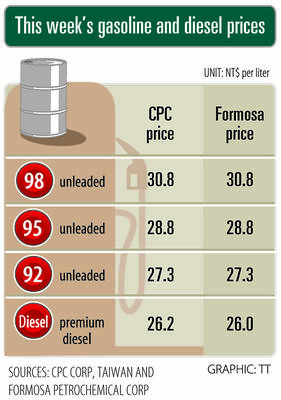
The prices of gasoline and diesel at domestic fuel stations are to rise NT$0.1 and NT$0.4 per liter this week respectively, after international crude oil prices rose last week, CPC Corp, Taiwan (台灣中油) and Formosa Petrochemical Corp (台塑石化) announced yesterday. Effective today, gasoline prices at CPC and Formosa stations are to rise to NT$27.3, NT$28.8 and NT$30.8 per liter for 92, 95 and 98-octane unleaded gasoline respectively, the companies said in separate statements. The price of premium diesel is to rise to NT$26.2 per liter at CPC stations and NT$26 at Formosa pumps, they said. The announcements came after international crude oil prices
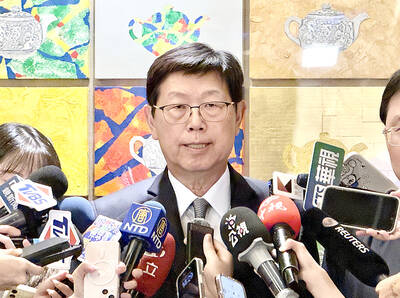
COLLABORATION: Softbank would supply manufacturing gear to the factory, and a joint venture would make AI data center equipment, Young Liu said Hon Hai Precision Industry Co (鴻海精密) would operate a US factory owned by Softbank Group Corp, setting up what is in the running to be the first manufacturing site in the Japanese company’s US$500 billion Stargate venture with OpenAI and Oracle Corp. Softbank is acquiring Hon Hai’s electric-vehicle plant in Ohio, but the Taiwanese company would continue to run the complex after turning it into an artificial intelligence (AI) server production plant, Hon Hai chairman Young Liu (劉揚偉) said yesterday. Softbank would supply manufacturing gear to the factory, and a joint venture between the two companies would make AI data